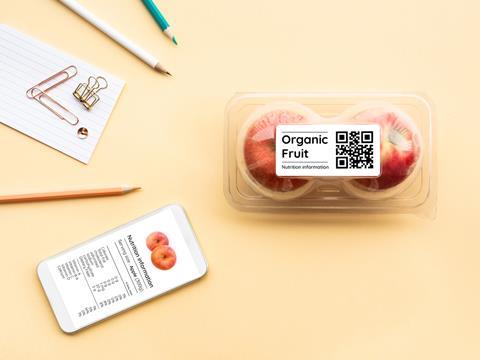
How connected are sustainability and smart packaging, and what does the future hold for partnerships between these two fields? Andrew Manly, AIPIA’s communications director, looks into this in our latest comment piece.
Sustainability is a complex word, reflecting a very complex subject. Defining sustainability as a single concept is a bit like trying to explain smart packaging as a single technology. But while both are multi-faceted, whether or not they are compatible with each other has exercised the minds of packaging and sustainability experts for quite some time. So, let’s take a look.
For the record: When it comes to sustainable packaging, the term generally can mean ‘easier to recycle’, ‘made from renewable or compostable resources’, ‘using less resources’ and now includes a trend to ‘re-use’ rather than ‘recycle’. For smart packaging, the terminology falls into two general categories, ‘active’ and ‘intelligent/connected’.
In the early days, much of the smart packaging elements were deemed to be very non-environmentally friendly; so conductive inks of silver and copper, metal RFID tags and active coatings using chemicals (often with metal elements such as silver) that had antimicrobial properties, but made them impossible to recycle.
As with most things, oversimplification can lead to misconceptions. I have long advocated that being sustainable should not just refer to the packaging but the whole product - and throughout its lifecycle – wasting food can often have far more environmental impact than the packaging.
Likewise, there are plenty of smart packaging components which can be extracted and recycled or, by extending the shelf-life or condition of the product, make a huge contribution to Its sustainability.
In addition, the technologies for both these types of packaging have come on leaps and bounds, as has the thinking around what constitutes a sustainable and smart route to a Circular Economy. So, in recent times, the idea that re-use might be a more effective strategy than recycle has been gaining traction.
This is partly due to issues of recycling capacity (not so much collection rates as being able to use all the materials effectively) and partly because it might be uneconomic to recycle everything and even environmentally damaging. There is clear evidence that some flexible plastics have less environmental impact with zero recycling than rigid plastics with 80% recycling, according to research by Flexible Packaging Europe. Whether that message is getting through is another matter.
Equally, smart packaging has developed more environmentally friendly products, such as paper RFID tags, conductive inks made from recyclable materials such as graphene and active packaging components derived from natural sources such as cellulose, plants, essential oils or even durian skin.
There has also been a huge amount of publicity recently for digital watermarks and codes which can help to identify and sort different plastics for more effective recycling. But in terms of the leverage smart packaging can bring to the sustainable arena, in my opinion, it is probably its ability to inform that has the potential to create the most impact.
Packaging Europe’s Sustainable Packaging Summit in Lisbon from the 13th to the 14th of September will explore sustainable transformation in packaging which requires system-level change and a willingness for every stakeholder to embrace a new mindset as well as new technologies. While the sustainable versus smart packaging equation is just a part of that, it has a definite role to play in the debate.
People want to recycle their packaging, but are often flummoxed as to how, where and even why. Connected packaging can tell a story and provide these answers in a very straightforward and accessible way. Companies such as Tetra Pak and Coca Cola have already recognised this and are using smart packaging technology to achieve their sustainability goals.
For sure this is work in progress at every level. But there is certainly room for optimism.
This article was created in collaboration with AIPIA (the Active and Intelligent Packaging Industry Association). Packaging Europe and AIPIA are joining forces to bring news and commentary about the active and intelligent packaging landscape to a larger audience. To learn more about this partnership, click here.












No comments yet